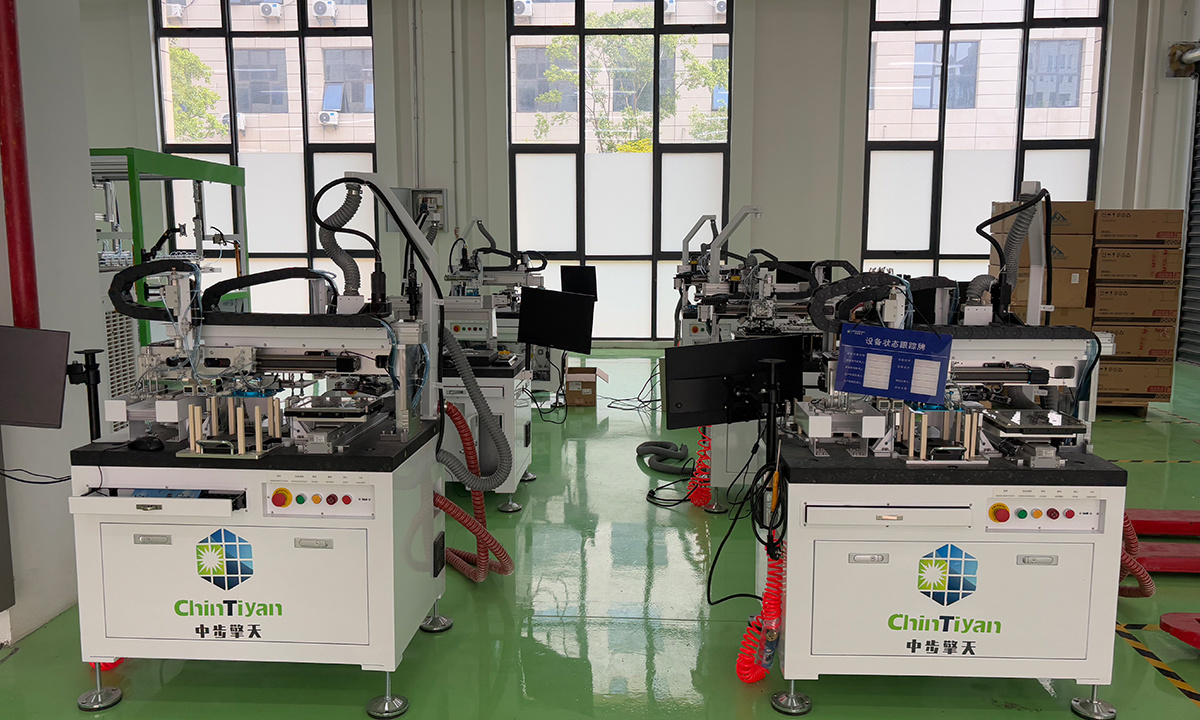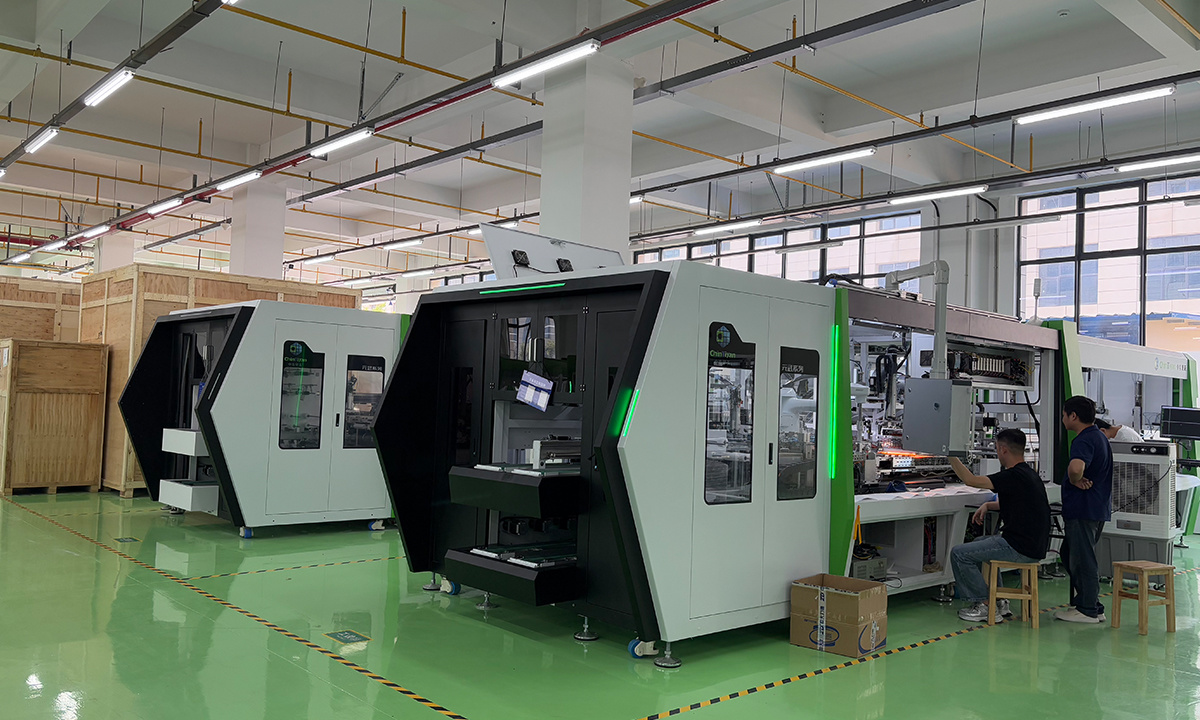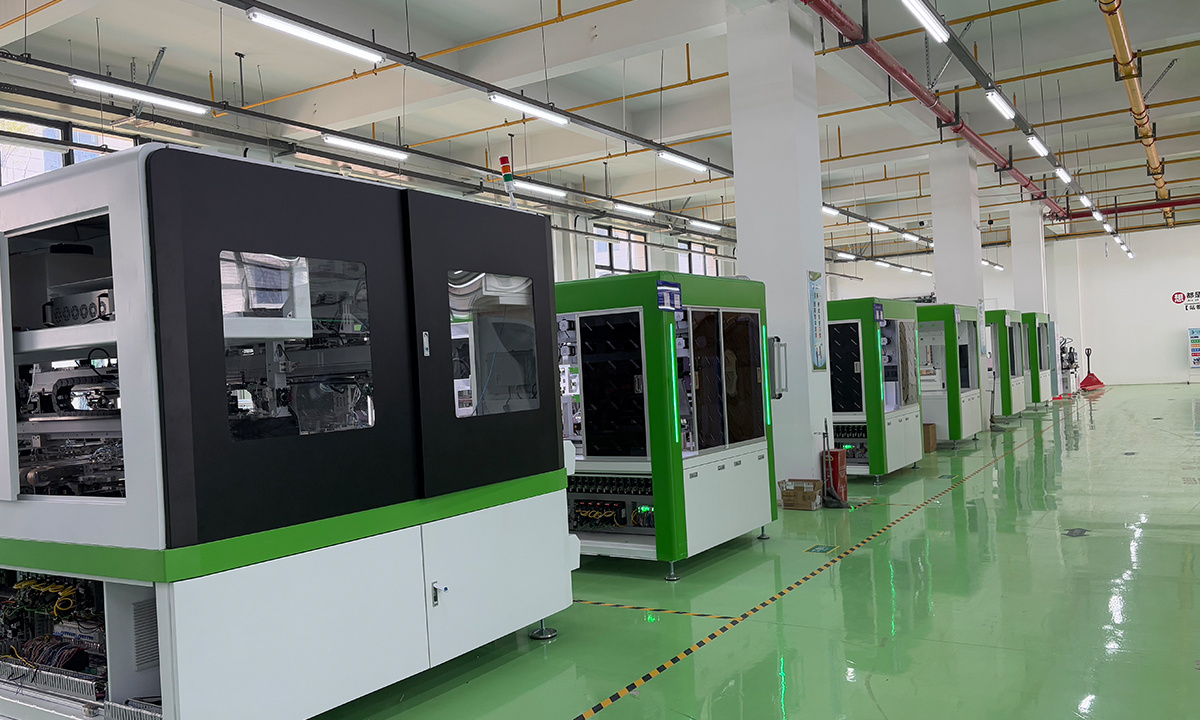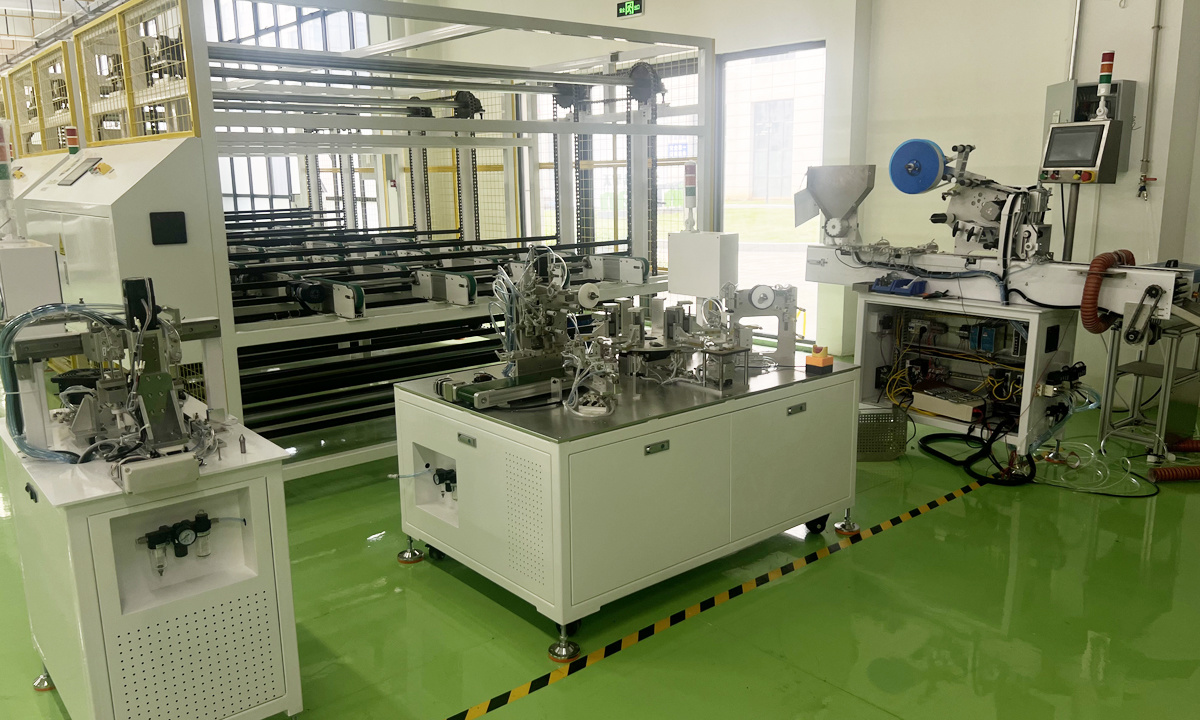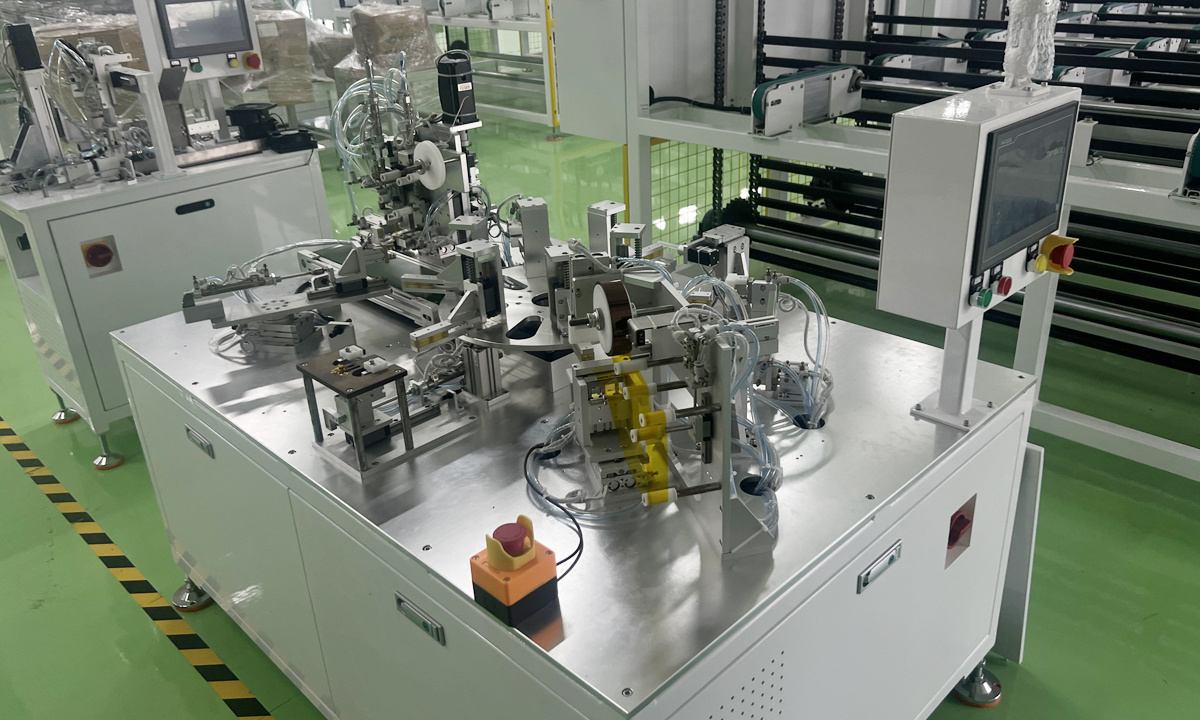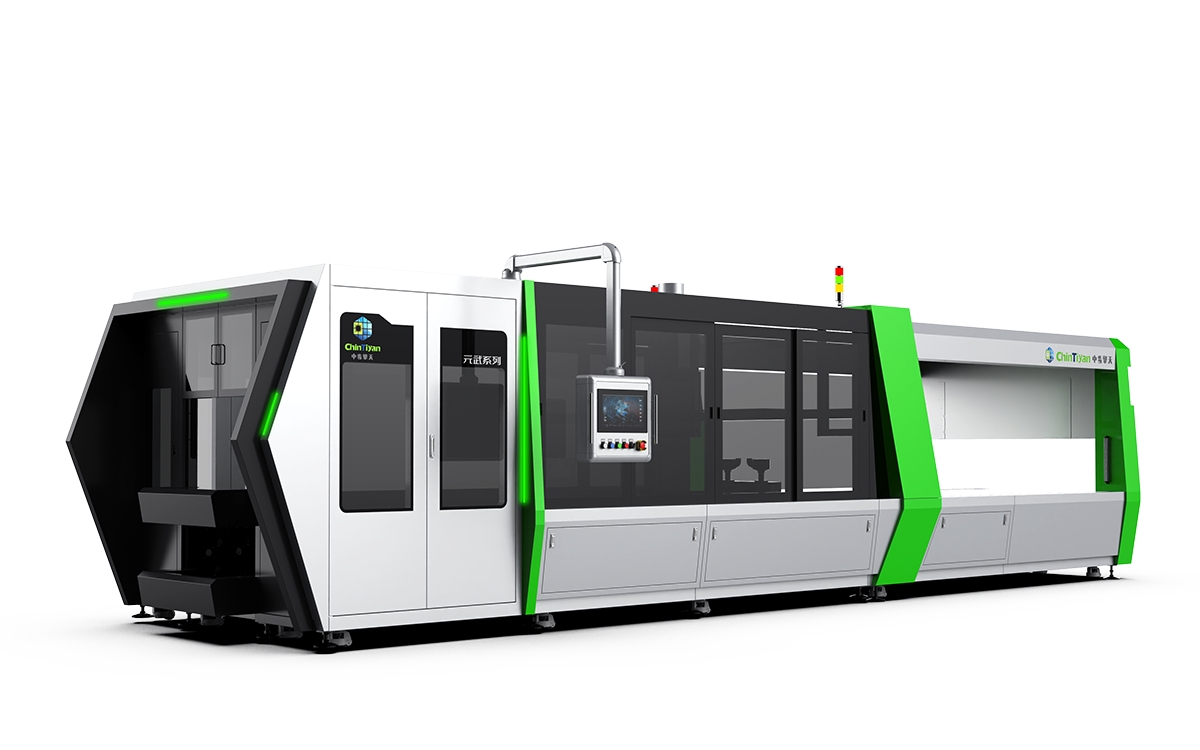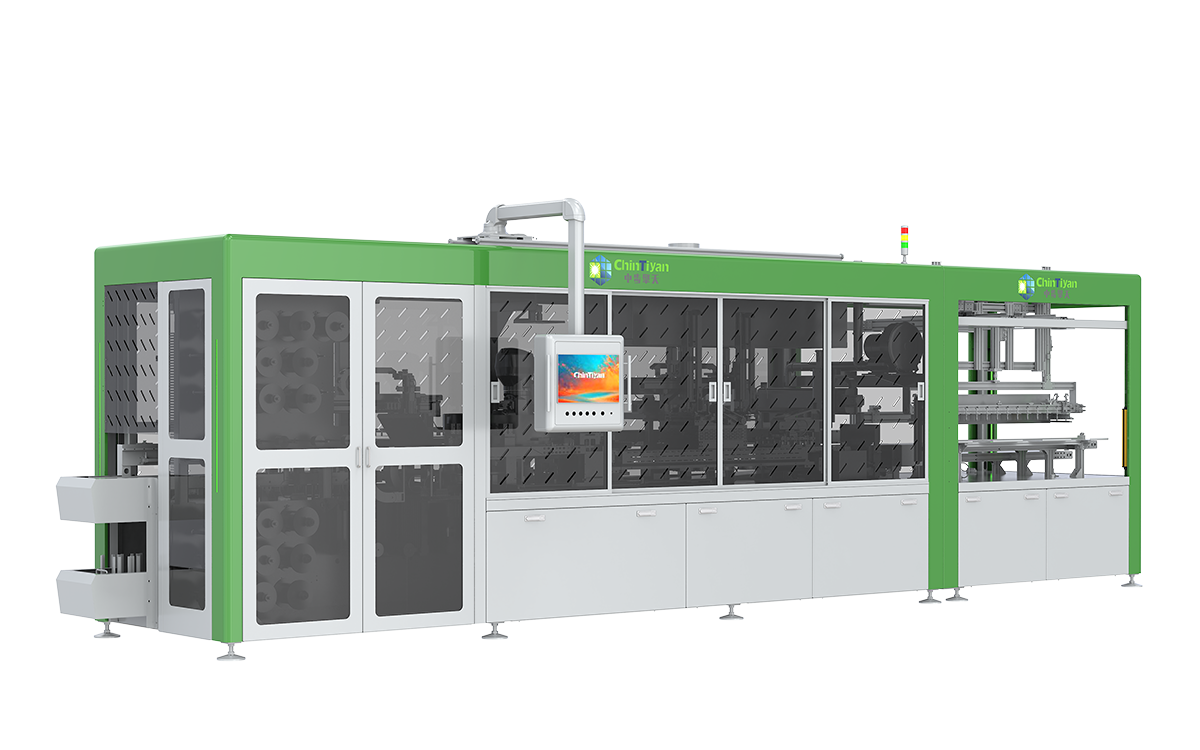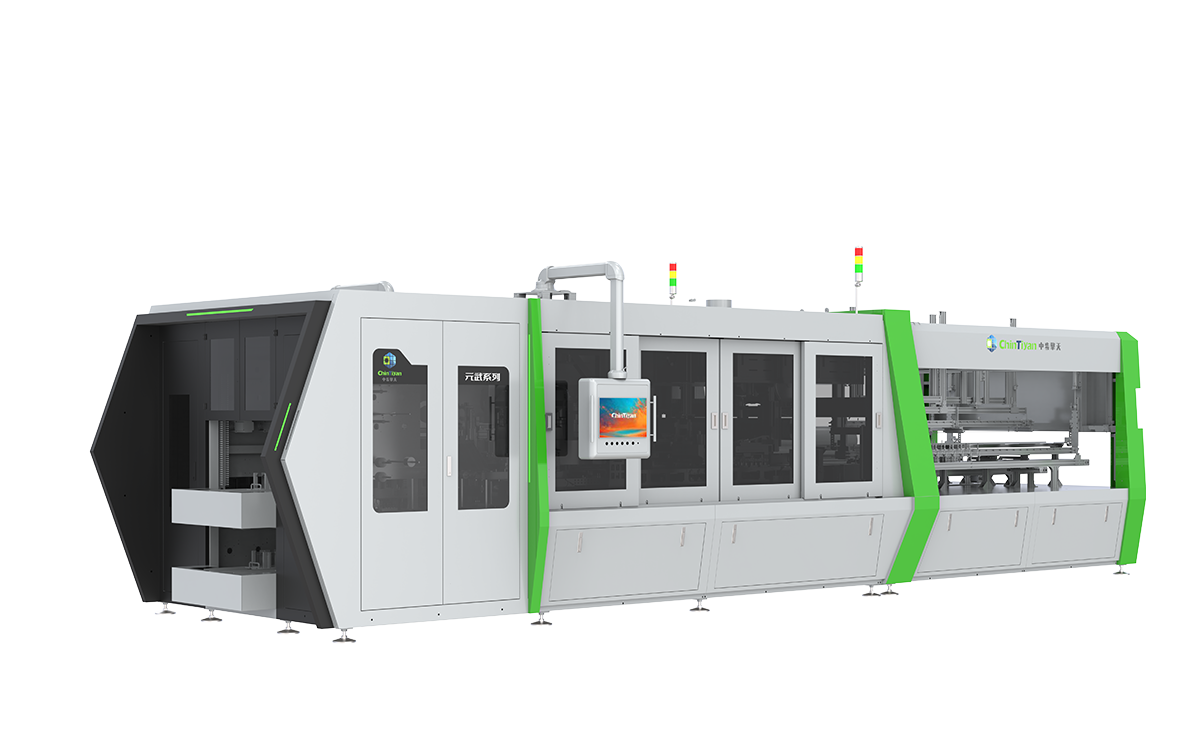EL Tester Machine
Classification:
1. Beat:20s/pcs(Typical values for wiring) 2. Mode diversification The operation mode of the equipment includes detection mode and flow mode, with one-key switching. 3. measurable defect Black silicon wafer, micro hairline crack, chip fragment, puncture, broken grid, welding defect, etc.
Contact:
Details Introduction
The online solar module defect detector is specially used for supporting the production line to realize automatic loading and unloading and automatic testing. EL testing can clearly detect micro cracks, fragments, low-efficiency chips, sintered texture, screen printing plugging, material defects, welding defect process pollution, etc. of components. Appearance inspection can truly display the appearance image, and can automatically judge data such as chip spacing, string spacing, component length, pair probation length, battery/bus bar and glass spacing, and assist in judging foreign objects, edge chipping, missing corners, pollution, and bus bars Lubai and other issues and mark them.
Mode diversification
The operation mode of the equipment includes detection mode and flow mode, with one-key switching
Modular design
Optional multi-function transmission module, which can meet the test of components in the range of 50~550W, self-adaptive imaging
measurable defect
Black silicon wafer, micro hairline crack, chip fragment, puncture, broken grid, welding defect, etc.
Programmable power supply
It adopts the latest technology programmable constant current power supply, with low output ripple, effectively ensuring image clarity. The power supply parameters can be customized, with a maximum of 100V/20A. It has the capability of switching between high/low current modes
Parameter
|
Device model |
EL Tester-CT 131 |
|
Application |
solar panel manufacturing complete plant machine |
|
Beat |
20s/pcs(Typical values for wiring) |
|
Maximum Measurable Area |
2500mm×1500mm |
|
Applicable Process |
Pre-and post-lamination component testing |
|
Feeding Method |
Assembly line tooling |
|
Measurement Standard |
measurement standard |
|
Camera Resolution |
2400W |
|
Camera Type |
CMOS |
|
Exposure Time |
1~30S(adjustable) |
|
Monitor |
43 inch screen(Optional mobile stand) |
|
Power Type |
programmable power supply |
|
Voltage Range |
0~60V continuously adjustable (parameters can be customized) |
|
Current Range |
0~20A continuously adjustable (parameters can be customized) |
|
Defect Type |
High current: hidden cracks, chip fragments, low-efficiency cells, sintered |
|
Software Processing |
Zoom function, barcode display, local data query, integration with MES system, |
|
Electrical Indicators |
Electrical indicators |
|
Error Alarm |
Real-time fault alarm |
|
HMI |
touch screen |
|
Working Environment |
Temperature: 25℃±10℃; relative humidity: ≤85% |
|
Power Supply |
AC220V/50Hz/15A |
|
Compressed Air |
Air pressure: 0.5—0.8MPa, gas consumption: 0.3 m³/min |
|
Equipment Size |
2890mm*2100mm*1420mm |
Keyword:
EL Tester Machine
Production Strength
What is Our Collaboration Process?
We consider after-sales service the beginning of a long-term partnership, not the end of a transaction. We provide a full-spectrum "service ecosystem" that covers the entire journey from initial discussion to stable mass production.
1.Collaboration and Delivery Process
Requirement Confirmation & Technical Discussion: We start with in-depth communication to clarify product specifications, capacity goals, and technical requirements, providing a preliminary technical solution.
2.Plan Finalization & Contract Signing: Upon reaching a technical consensus, we proceed to draft and sign the commercial contract and technical agreement.
3.Production Line Construction & Equipment Manufacturing: In parallel, you can proceed with plant construction/renovation, utility preparation, and team building. We simultaneously conduct lean manufacturing and assembly of the equipment.
4.Factory Acceptance Test (FAT): After assembly and debugging, we warmly welcome you to our facility for a pre-acceptance test to verify equipment performance firsthand.
5.Maritime Logistics & On-site Installation: Following FAT, equipment is shipped via maritime logistics to your plant. Our engineer team will be on-site to guide installation and positioning.
6.Commissioning & Site Acceptance (SAT): After installation, our engineers perform precise commissioning and complete the final Site Acceptance Test, ensuring the line meets all agreed performance metrics.
7.Training & Guided Production: We provide comprehensive operation and maintenance training, and guide you through small-batch trial production to ensure your team can operate the line independently.
8.Long-term Support & Continuous Improvement: Our comprehensive long-term after-sales service begins after mass production, including remote support, spare parts supply, periodic visits, and technical upgrade services, ensuring your sustained production and future growth.
Is BC technology the Future?
BC (Back Contact) technology is undoubtedly a key direction for next-generation high-efficiency PV modules. Its busbar-free front side offers not only superior aesthetics but also significantly reduces shading, leading to higher light absorption and increased power output. Rather than simply declaring BC as the only future,In fact, BC is a platform technology that can be combined with techniques such as Topcon HJT and perovskite tandem cells to squeeze out the last drop of efficiency gains.
Therefore, we believe BC technology will remain at the forefront of the upcoming technological transformation, making now the opportune moment to invest in BC.
What Information is Required to Establish a Production Line?
This is straightforward.
Firstly, we need to understand the type of modules you wish to manufacture: conventional or flexible, large-format or small-format, and whether any specialised processes are required. Secondly, we require details of your production line capacity requirements – be it a 50MW manual line or a 2GW fully automated dark factory.
Finally, if you have already constructed a facility for your project, we need to know the dimensions of the building; a CAD file would be most helpful if available. Naturally, should you be unfamiliar with photovoltaic module manufacturing, there is no need for concern. We shall recommend the most suitable production line design based on your market requirements.
Why We Say "NO" to Fast Quotes ?
Whilst we offer some of the most competitive pricing in the industry, we firmly believe that a well-designed production line holds far greater value than the mere pursuit of low cost. A single quotation cannot suit all. Only after gathering the necessary information and undertaking a bespoke design tailored to each product's characteristics and process requirements can we provide a quotation truly worthy of discussion.
Related Products


